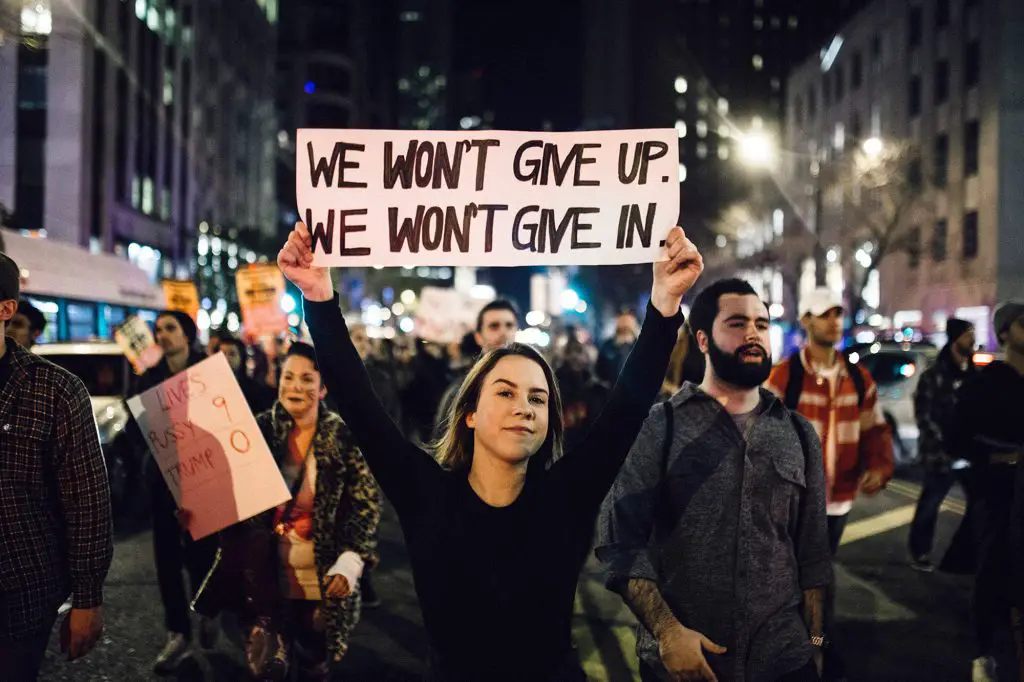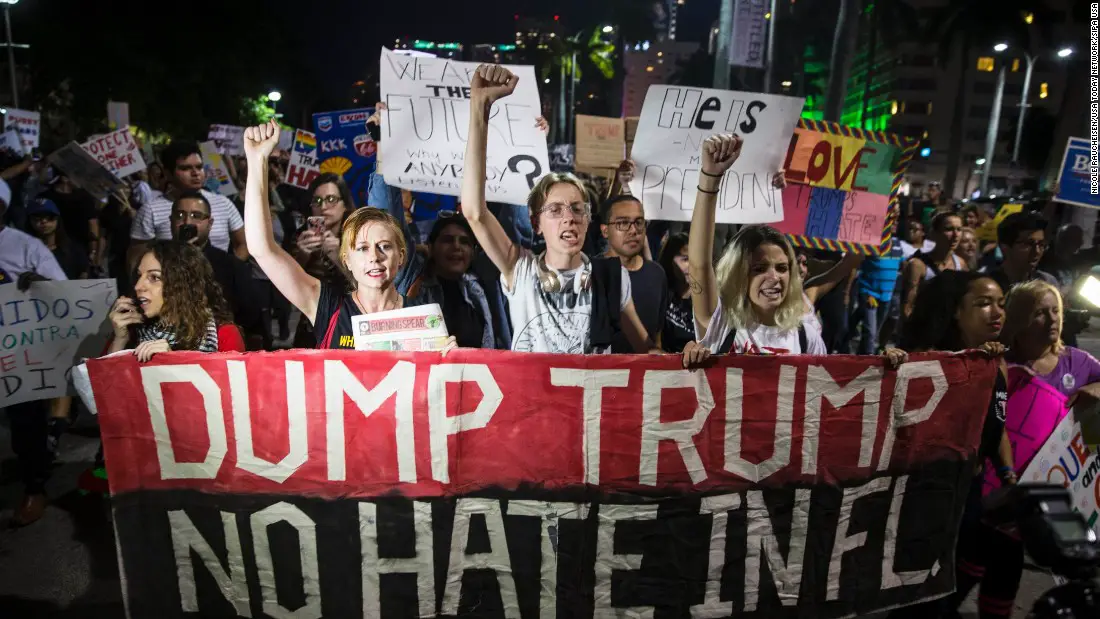Criticizing the Critics
The modern response to protests is to critique their participants, not their message, and these ad hominem attacks hurt both parties.
By Gaige Davila, University of Texas at San Antonio
I witnessed my first protest my sophomore year of college.
There was a crowd of fifty or so students gathered outside of the library protesting the recurring police shootings of black men and women. The protest was calm; the group and passing students looked as if they were in a hotel lobby awaiting the start of a conference: stern faces, relaxed shoulders and serious conversations between them all. This was not like the protests I’d seen on cable news throughout my teens.
I would go on to see protests across Texas, Italy and France, each with very passionate, informed participants speaking out against various injustices. During the campaigning for the 2016 election, I saw protests becoming a staple of news coverage for the first time, expected in the same way the six o’clock weather report was. These protests were noticeably more intense, and I realized that this was the beginning wave of change.

Recently, University of Notre Dame students walked out of their graduation ceremony in protest of Vice President Mike Pence, who was the class’ commencement speaker. As news outlets began posting coverage on their social media sites, comments rolled in. Some praised the students, saying that the students’ protest of Pence’s (and by extension, Donald Trump’s) office was an exercise of free speech. Most of the comments, however, were criticizing the walk-out. The students were either called intolerant, weak-minded crybabies, or entire paragraphs were devoted to vague warnings regarding the students’ future inability to protest once they’d entered the “the real world.” And since Trump’s election, protests against him and his policies have been met with this same attitude.
Facebook and Twitter aren’t the only places to find these comments. If you’ve ever spent any time in a Midwest sports bar, you’ll overhear a conversation erupting at the sound of a breaking news bulletin. It’ll be easy to spot who leans left and who leans right: Those who stay silent at the bar, eyes on the television, breathing out curses at whatever dumbass thing Trump did constitute the former; and the other group, saying that “these kids” complain too much, and that when they were younger, they were too busy working to protest, constitute the latter. Not wanting to start a fight, everyone else will drink beers with their eyes closed for the rest of the night. Their fear is not unfounded.
The protesters, many of whom are university students, are all branded as millennials, regardless of their age. Though there is no outright declaring of political affiliation in most protests against the current presidential administration, it all gets branded as liberalism, synonymizing the ideology with millennials. And, as a result of the claim that every mainstream media outlet has a liberal agenda, any coverage of protests only enlarges the monster that, to the right-leaning, will come take their guns away, allow same-sex bathrooms and take the Pledge of Allegiance out of public school morning announcements. To those who criticize the protests, it is not a debate of who is right or wrong, or whether the policies proposed are useful (or legal), it’s become “my team” versus “your team,” a dangerous oversimplification that’s turned politics into a sport.
Whether by misunderstanding, fear or refusal to hear the concerns of the protestors, a miscommunication has grown between protestors and their critics. The generation gap may explain this attitude. Yes, you may have been too busy to protest when you were younger. Yes, you may also have turned out fine. But times have changed, and the then-children that you praised as the future leaders of the world are now fighting for a future to lead.
This is not a case specifically against the conservative and right-leaning. Liberals and left-leaning do the same. The protests against Obama’s election and re-election were criticized as intolerant, and protestors were told to suck it up. At the same time, most of those protests were intolerant, racist and downright ridiculous. This is where the difference in perception regarding protests lies: Critiquing the message of the protester is one thing, but finding fault with the protesters themselves is another. This ad hominem approach to protests delegitimizes their complicated nature, and ignores the message in favor of generalizing the events as radical and, therefore, not useful. It’s a “kids these days” look at deep-seated frustration.
Protesting is not a staple of the left or millennials, either. People from every age, color and ideology protest, and have been doing so for centuries. A protest should be questioned for its message first, then why the message is being presented in the first place. Any other approach disregards an action that, historically, has led to positive change across the world. Yes, there are protests that are disorganized with no central message. In that case, critique the hell out of it; explain why their argument is not sound.
Protests against Trump’s administration, social injustice and other systems of oppression won’t stop, regardless of their opposition. These protests will only grow larger, and their growth is directly related to the response they receive. Disregarding them as infantile only strengthens their cause and pushes the message further. The question as to when will either “team” will be satisfied, or how a solution can be reached, remains unanswered. It will start, however, by listening to the concerns of both sides, not by sticking to your guns and attempting to shoot the wave.


















[…] Continued via… Source: When Did Protests Go from Brave to Contemptible? […]